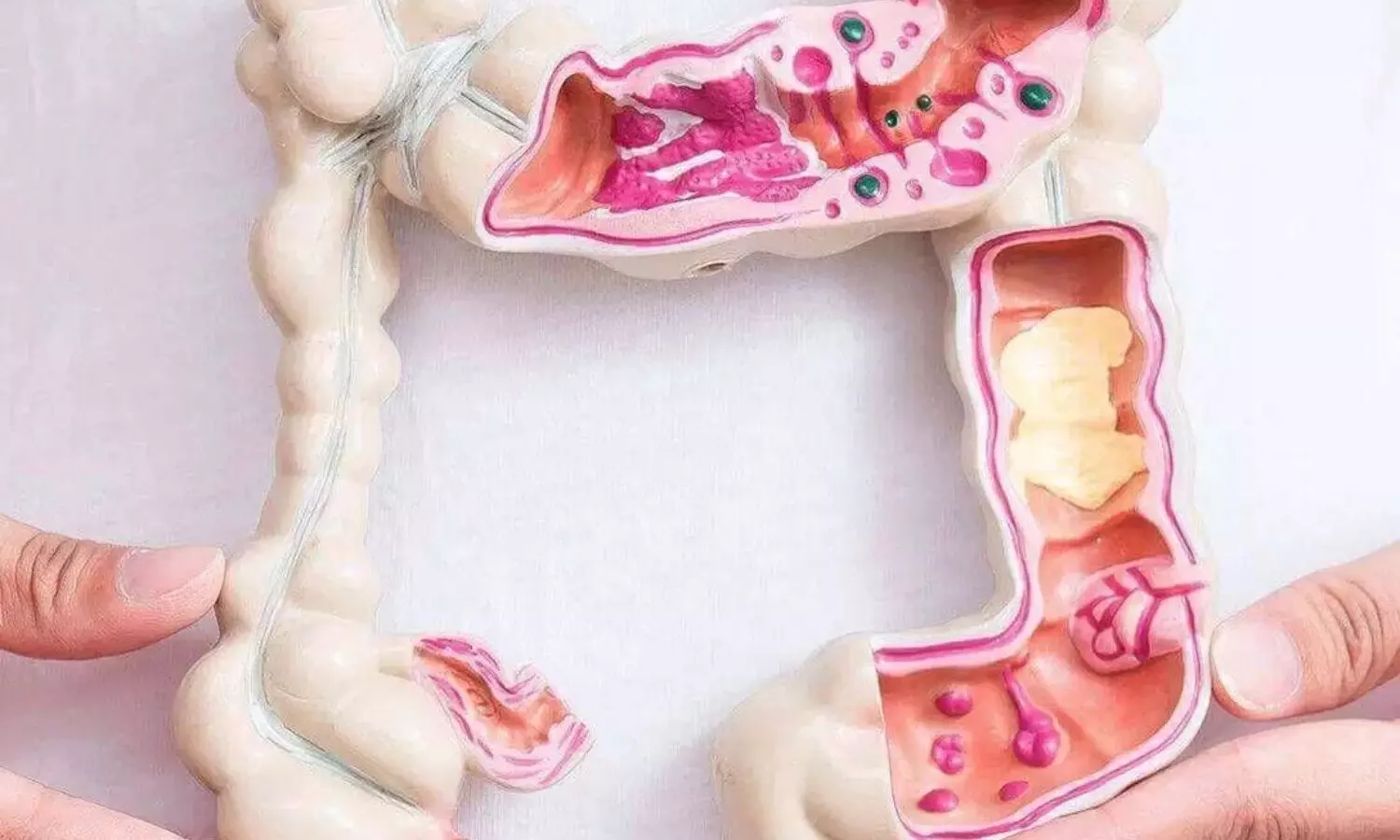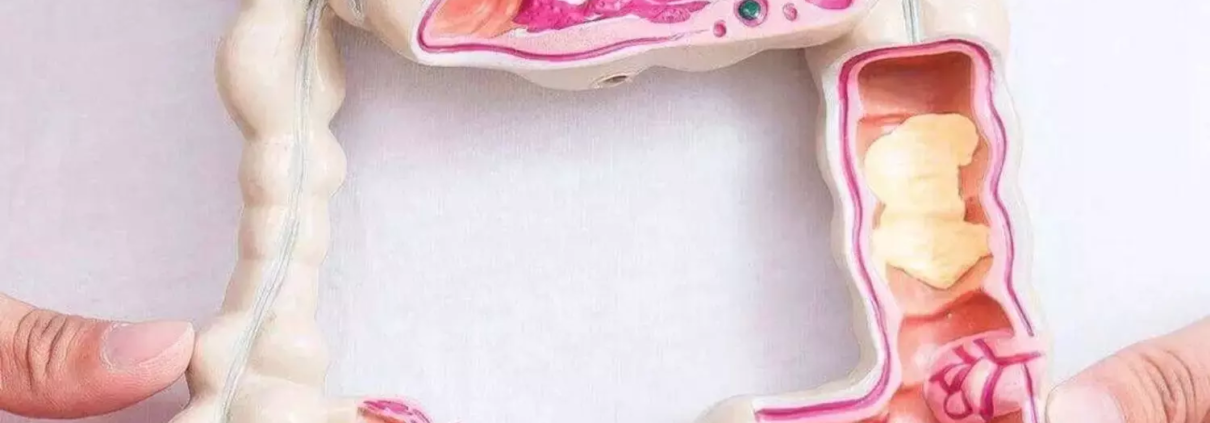Metagenomic next-generation sequencing improves diagnosis of intra abdominal infections in sepsis patients: Study

Researchers have found that metagenomic next-generation sequencing (mNGS) of paired plasma and peritoneal drainage (PD) fluid samples offers superior diagnostic and therapeutic utility in the management of septic patients with suspected acute intra-abdominal infections (IAIs). This novel approach has shown promise in optimizing empirical antibiotic use and improving patient outcomes. This study was published in BMC Infectious Diseases. The study was conducted by Jia-Yu Mao and colleagues.
Acute intra-abdominal infections are a significant cause of morbidity and mortality in critically ill patients. Accurate diagnosis and effective treatment are essential to improve patient outcomes. Culture-based microbiological tests (CMTs) have been the standard method for detecting pathogens, but they have limitations. Metagenomic next-generation sequencing (mNGS) has been increasingly applied in sepsis and offers a comprehensive approach to pathogen detection.
In a prospective study conducted from October 2021 to December 2022, 111 septic patients with suspected IAIs were enrolled. Pairwise CMTs and mNGS of plasma and PD fluid samples were performed to detect pathogens. The mNGS group underwent therapeutic regimen adjustment based on mNGS results for improved treatment. Researchers analyzed the microbial community structure, clinical features, antibiotic use, and prognoses of the patients.
The key findings of the study were:
-
mNGS demonstrated higher positivity rates than CMTs for both PD fluid (90.0% vs. 48.3%, p < 0.005) and plasma (76.7% vs. 1.6%, p < 0.005).
-
The combination of mNGS and CMT methods provided clues of suspected pathogens in 90% of enrolled patients.
-
Gram-negative pathogens, including a great variety of anaerobes represented by Bacteroides and Clostridium, comprised most intra-abdominal pathogens.
-
Patients with matched plasma and PD mNGS results exhibited higher mortality and sepsis severity.
-
Reduced usage of carbapenem (30.0% vs. 49.4%, p < 0.05) and duration of anti-MRSA treatment (5.1 ± 3.3 vs. 7.0 ± 8.4 days, p < 0.05) were observed in the mNGS group.
The study suggests that pairwise plasma and PD fluid mNGS offers improved microbiological diagnosis compared to CMTs for acute IAI. The high positivity rates observed with mNGS indicate its potential as a valuable diagnostic tool. The matched plasma and PD mNGS results may predict poor prognosis, suggesting the need for more aggressive management.
Combining plasma and PD mNGS can enhance microbiological diagnosis and predict poor prognosis in patients with acute IAIs. mNGS may enable optimized empirical antibiotic use, reducing the use of broad-spectrum antibiotics and enhancing targeted therapy.
Reference:
Mao, J.-Y., Li, D.-K., Zhang, D., Yang, Q.-W., Long, Y., & Cui, N. (2024). Utility of paired plasma and drainage fluid mNGS in diagnosing acute intra-abdominal infections with sepsis. BMC Infectious Diseases, 24(1). https://doi.org/10.1186/s12879-024-09320-1



